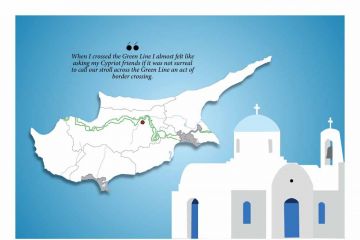
In Narendra Modi’s
India, the polarisation of public discourse is nothing new. But now there is a
real sense that the battle lines are drawn without any neutral territory: that
this is a fight for survival and at stake is the idea of India itself. What was
rhetoric from both sides of the aisle has now become political reality. There
is equally the sense, to continue with military metaphors, that one side is
under siege, and without a sense of direction. The majoritarian right-wing
seems





